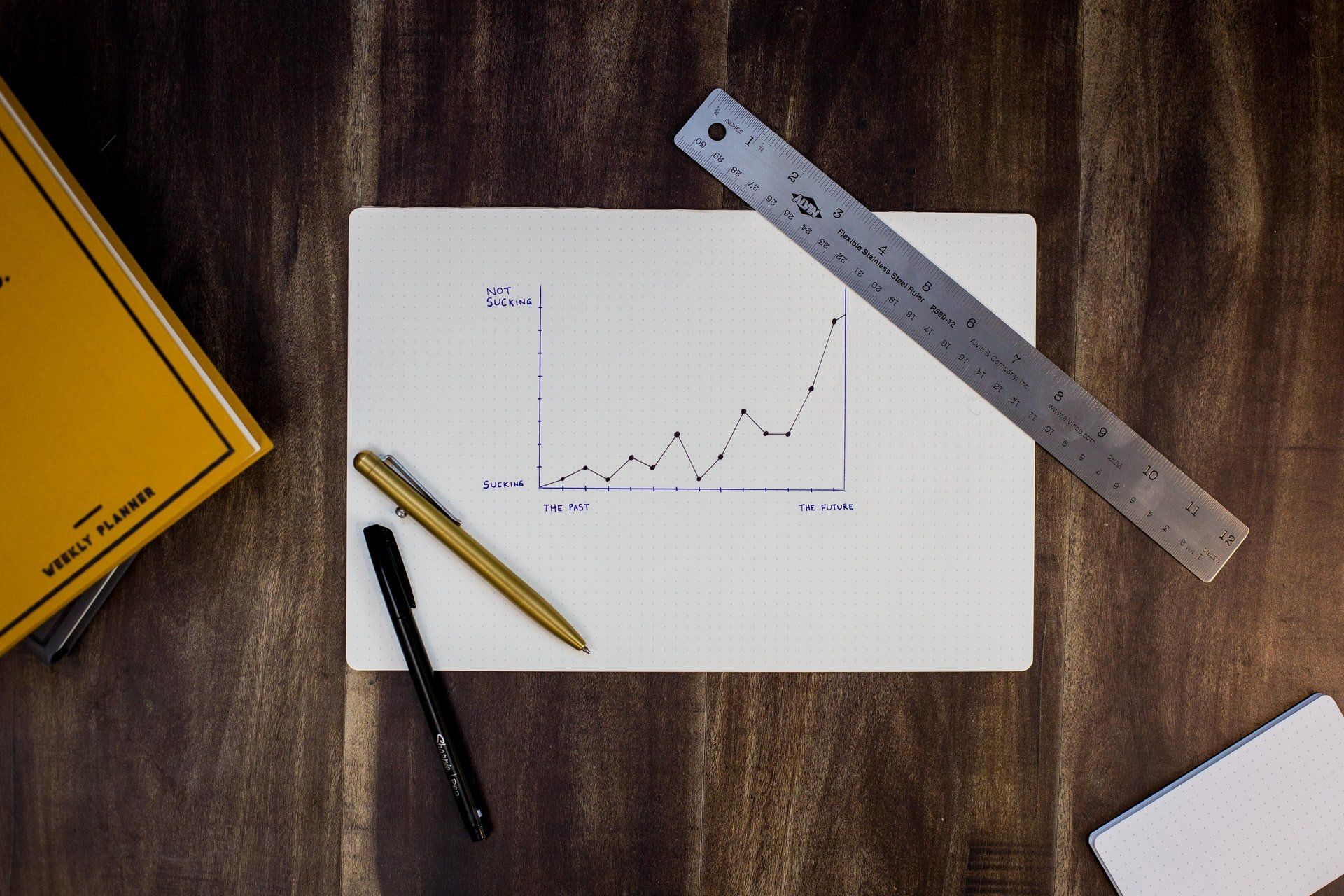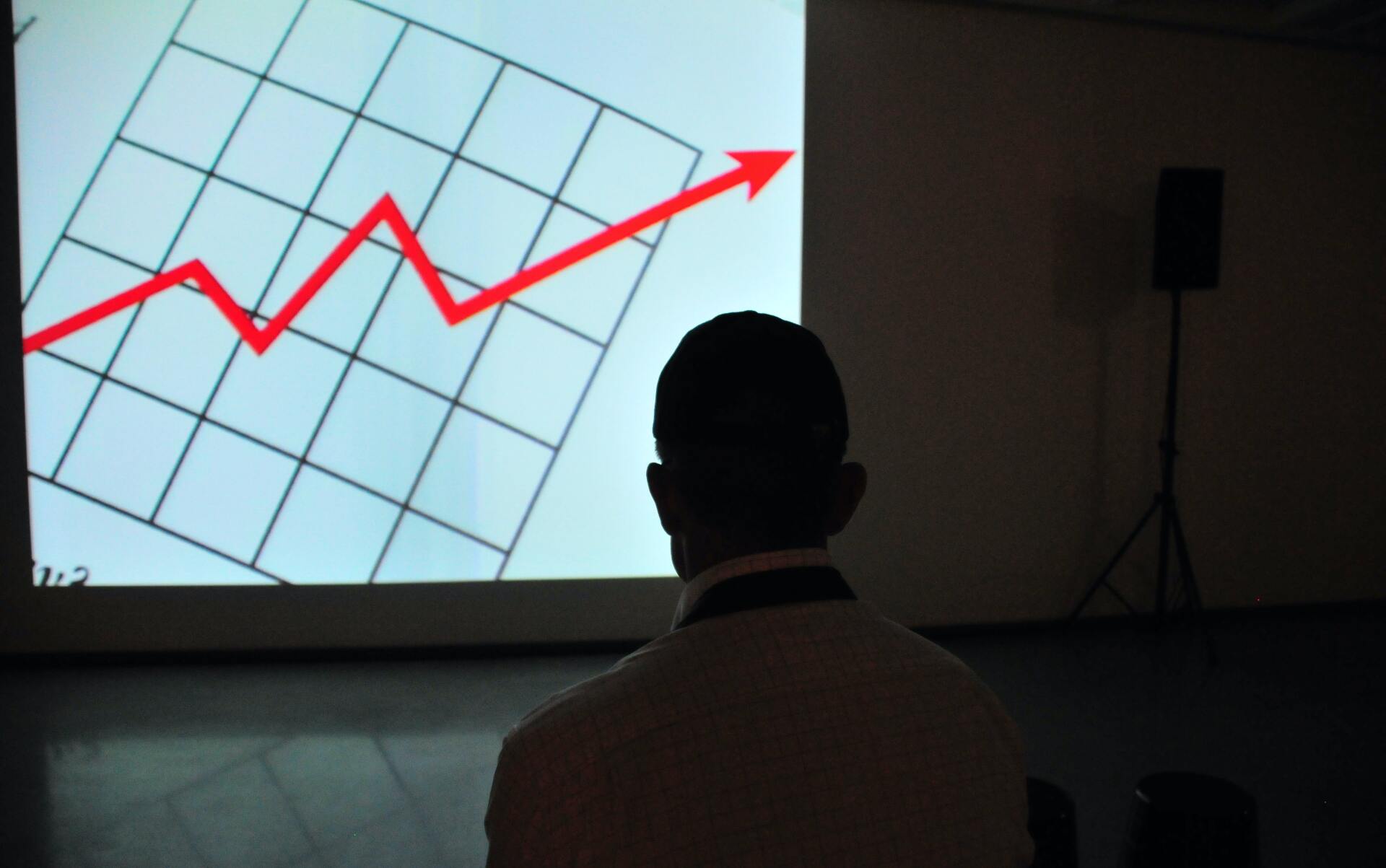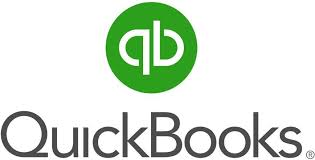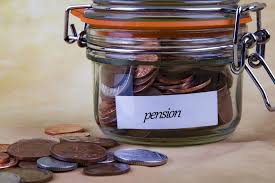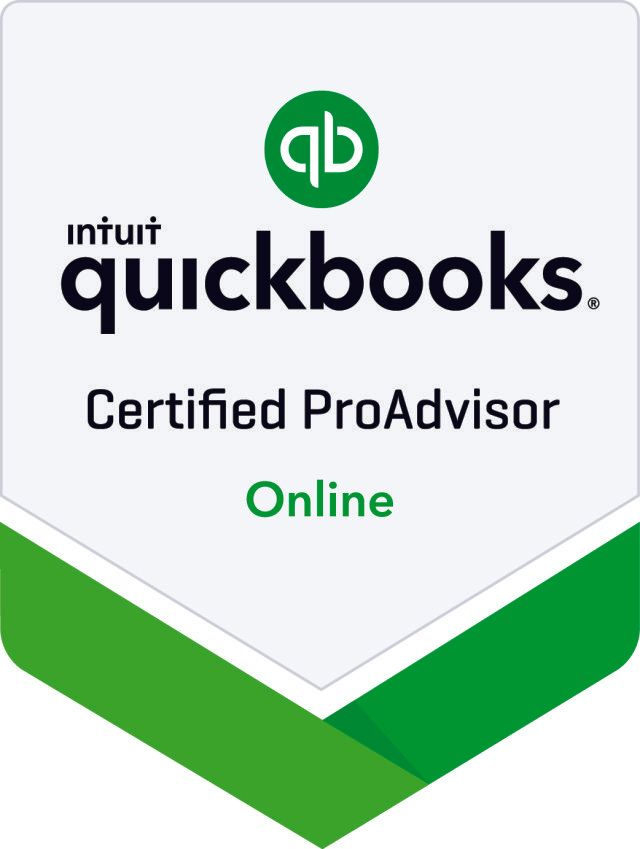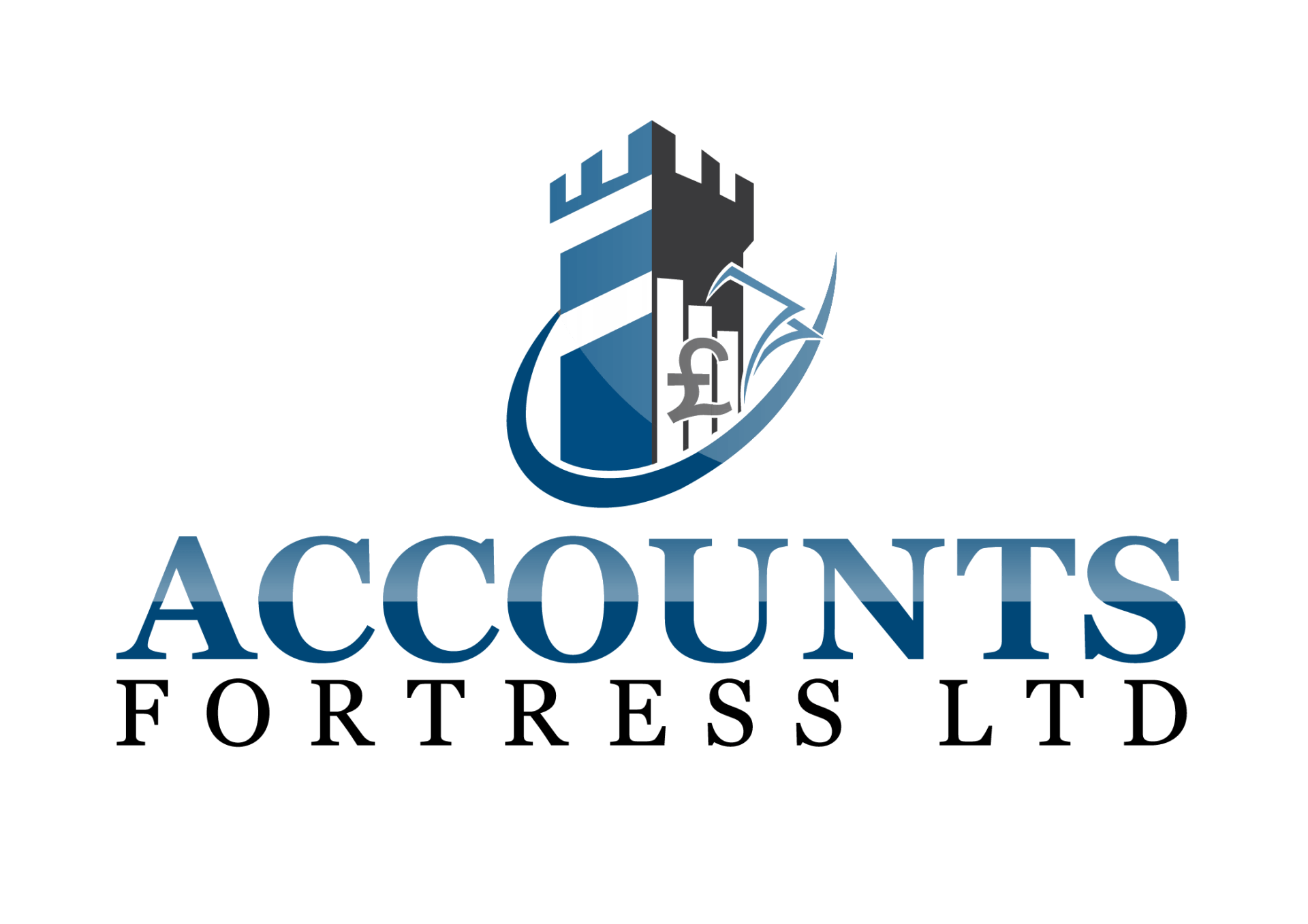Brexit Related VAT and Customs Changes | VAT Accounting
Major Changes That Businesses Should Know Of
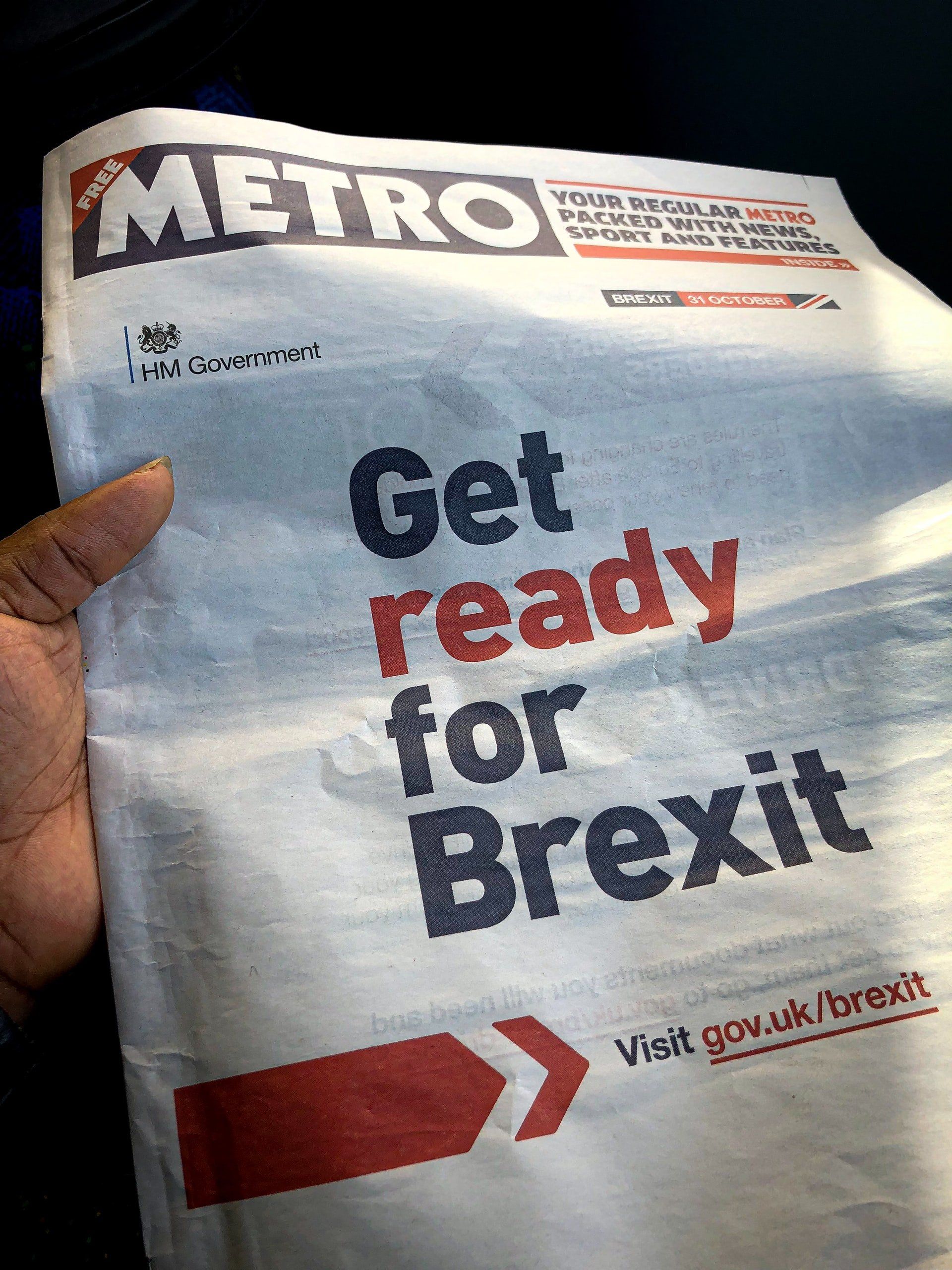
Brexit has brought on a number of changes which, to many businesses, feels like it happened overnight. These changes have been made to many long standing VAT and customs rulings between the UK and EU. Some of these rulings were agreed upon at the last minute though and have left mass confusion in its wake. It is safe to say that many businesses have had little time to fully digest the hundreds of changes that have been made to HMRC’s website. It is crucial for your business to stay on top of these changes and keep track of all of the practical issues to handle.
In this article we will address a handful of the important changes that have come into effect along with Brexit. If you are not sure whether you have overlooked some of the changes made, it might be in your best interest to seek the help of professional accountants. The last thing you want is a penalty or worse, penalties.
Do These Changes Affect Your Business?
If we take a closer look at import VAT, previously, VAT-registered businesses in Great Britain applied VAT through the EU reverse charge on intra-community acquisitions. Import VAT was accounted for from anywhere else in the world. However, this now includes countries in the EU. This is only applicable for goods where the value exceeds £135. For amounts below this threshold, there is still a need to account for VAT, however it is treated a bit differently.
Overseas sellers of goods to customers in Great Britain must now register for VAT in the UK in order to account for UK VAT on imports valued at £135 or less. Online marketplaces such as Amazon or eBay will register as a marketplace, however, EU vendors that sell to the UK will register in their own right. Import VAT is applied at the point where goods are entered for free circulation. This is also considered the VAT tax point.
What is Postponed VAT Accounting?
The VAT tax point for imported goods could be at the port of entry or potentially when released from custom’s warehouses if making use of custom’s special procedures. It is important to note that you will still need to collect evidence from HMRC regarding the point the goods entered free circulation for your VAT records. Additionally, VAT can be paid at the tax point if you wish. To reclaim the VAT, you will need to submit monthly C79 reports, as when importing from outside the EU. Most businesses will, however, make use of the
postponed VAT accounting system.
This is when import VAT is not physically paid upfront and then reclaimed on the subsequent VAT return. Instead, it is reported as input and output VAT on the same VAT return. Postponed VAT accounting is optional, unless you defer the submission of customs declarations.VAT on services in a cross border purchase from one business to another (B2B) attract tax in the country of the customer, with some exceptions.
Make Sure To Stay On Top Of The Changes
When it comes to the export of goods to the EU, the VAT situation is also different after Brexit. Exports to the EU are treated the same as exports to non-EU countries, meaning they are zero rated for UK VAT. This means that from the UK side of things, a 0% VAT rate applies. However, you still need to account for the VAT in the recipient country. All in all, the VAT changes are extensive and you will need to proactively ensure compliance to avoid penalties. Having experienced VAT accountants on your side will help you to achieve the compliance you seek.
Accounts Fortress can help your business to stay on top of Brexit related VAT and customs changes. We are the trusted small business accountants in Kent that offer exceptional tax accounting services. Furthermore, we offer corporation tax, partnership tax, VAT return and personal tax and self assessment services.
Get in touch with Accounts Fortress today to find out how we can help your business.
Get in Contact
Contact Us
We will get back to you as soon as possible
Please try again later
Accounts Fortress Ltd. © All rights reserved
Powered by Taking London




